
Operating Room Doors: Enhancing Sterility and Workflow Efficiency
- By:hqt
- 2023-10-11
- 29
Operating rooms (OR), also referred to as operating theaters or surgical suites serve as the central hub within healthcare facilities where surgical procedures are conducted. These meticulously crafted and well-equipped spaces are of paramount importance in guaranteeing the safety and effectiveness of surgical interventions. The preservation of sterility in the OR is imperative, serving as a critical measure to mitigate potential hazards, avert infections, and secure optimal outcomes for patients undergoing surgical procedures.
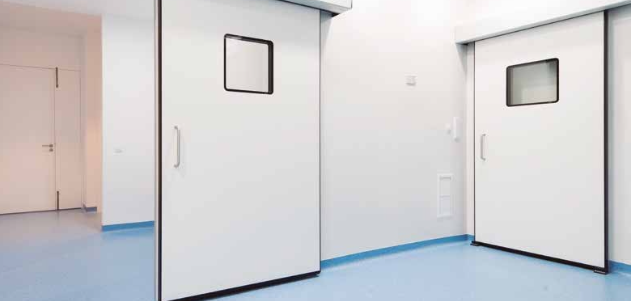
The operating room doors are purposefully designed and outfitted to preserve a controlled and sterile environment within the surgical suite. Their pivotal role lies in safeguarding the success of surgical interventions by mitigating the likelihood of contamination and managing access, all while adhering to rigorous safety and regulatory standards.
Importance of Door Design in Operating Rooms
The importance of door design in operating rooms (ORs) cannot be overstated, as it plays a pivotal role in various aspects of OR functionality and the overall quality of healthcare delivery. Here are key reasons why door design is crucial in OR settings:
First Impressions: Setting the Tone for Hygiene and Professionalism
The entrance to an OR is often the first impression that patients, visitors, and staff have of the surgical suite. A well-designed OR door, with clean lines and a sterile appearance, conveys a sense of professionalism, cleanliness, and dedication to patient safety. It immediately instills confidence in the quality of care provided within.
Barrier to Contaminants: Preventing External Contaminants from Entering the Sterile Environment
OR doors are a vital line of defense against external contaminants. They are engineered with features like hermetic seals, gaskets, and precise closures to create a barrier that minimizes the ingress of airborne particles, microorganisms, and pathogens from the surrounding environment. This is critical in maintaining the sterile conditions required for surgical procedures and infection control.
Facilitating Smooth Movement: Ensuring That Staff Can Move In and Out Without Hindrance
Efficient movement of medical personnel and equipment is essential during surgical procedures. OR doors must be designed for smooth and quiet operation, allowing staff to enter and exit without causing disruption or delays. Features such as soft-closing mechanisms and automated door openers can contribute to this smooth movement, enhancing overall efficiency in the surgical suite.
Access Control: Regulating Entry to Maintain Sterility
OR doors often incorporate access control systems, such as card readers, keypads, or biometric scanners, to restrict entry to authorized personnel. This not only ensures that only trained and authorized individuals can enter the OR but also helps in monitoring and documenting access for security and compliance purposes.
Safety and Compliance
Proper door design in ORs should adhere to stringent safety and regulatory standards, including fire safety requirements. Fire-rated doors are crucial to contain potential fires within the surgical suite, safeguarding patients and staff.
Enhancing Sterility through Door Design
Material Selection
One of the fundamental aspects of door design in operating rooms (ORs) is the careful selection of materials. Non-porous, easy-to-clean materials are essential to prevent the accumulation of dirt and microbial growth. Materials should also resist the corrosive effects of disinfectants commonly used in healthcare settings.
Resistance to Disinfectants and Microbial Growth
OR doors should be constructed from materials that can withstand frequent and rigorous cleaning with disinfectants without deteriorating. Additionally, these materials should be resistant to microbial growth, ensuring a sterile environment is maintained.
Automatic Door Operation
To minimize touch points and reduce the risk of contamination OR doors often feature automatic operation mechanisms. These can include sensors that detect the presence of individuals and open or close the door automatically. Foot pedal-operated mechanisms are another hands-free option.
Air Control Features
Maintaining proper airflow and air quality is crucial in ORs. OR doors may have positive pressure mechanisms that ensure clean, filtered air flows out of the surgical suite, preventing contaminants from entering. Integration with the OR's HVAC system allows for precise control of air quality and temperature.
Sealing Mechanisms
To achieve and maintain sterility, operating room doors must create airtight seals when closed. Overlapping edges and advanced gasket materials are used to ensure a tight seal that prevents the passage of microscopic contaminants. These seals are critical in creating a barrier against airborne particles and microorganisms.
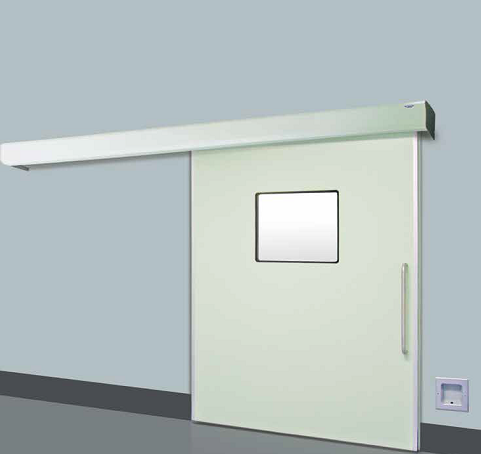
By incorporating these design elements into OR doors, healthcare facilities can significantly enhance sterility within the surgical suite. This not only reduces the risk of surgical site infections but also contributes to overall patient safety and the success of surgical procedures. Moreover, it aligns with the stringent standards and regulations governing healthcare facility design and operation.
Promoting Workflow Efficiency through Door Design
Size and Configuration
Door size and configuration are pivotal in ensuring efficient workflow within operating rooms (ORs). Wide doors provide ample space for the easy passage of medical equipment and personnel, reducing congestion and potential delays during surgeries.
The choice between sliding and swinging doors can impact space utilization. Sliding doors, for example, save space by not requiring the clearance radius of swinging doors, which can be especially beneficial in tight OR layouts.
Visibility
Integrating transparent panels into OR doors allows medical staff to view both inside and outside the room without the need to open the door. This feature enhances communication and situational awareness, reducing the need for unnecessary door openings that can compromise sterility.
Shading or tinting options can be added to maintain patient privacy when necessary while still allowing for visibility as needed.
Sound Insulation
Sound insulation is vital for maintaining a focused and distraction-free environment within the OR. Well-designed OR doors should minimize noise from external sources, such as hallway conversations or equipment movement, to enhance concentration during surgical procedures.
Ease of Maintenance
OR doors should be designed with ease of maintenance in mind. This includes features that allow for the straightforward removal and repair of doors without causing major disruptions to the surgical workflow.
Materials and components used in door construction should be selected to require less frequent maintenance, reducing downtime and ensuring that the doors remain in optimal working condition.
Efficient door design in operating rooms contributes to a streamlined workflow, improved communication among healthcare staff, reduced distractions, and easier maintenance. These elements collectively enhance the overall efficiency and effectiveness of surgical procedures, ensuring that patients receive the best possible care in a well-organized and conducive environment.
CONCLUSION
In conclusion, the design of operating room doors plays a critical role in healthcare facilities, particularly in surgical suites. These doors are more than just physical barriers; they are essential components that impact sterility maintenance, workflow efficiency, and patient care. Through careful consideration of factors such as material selection, automatic operation, visibility, sound insulation, and ease of maintenance, modern OR door designs have revolutionized the way surgeries are conducted and have improved the overall healthcare experience.
-
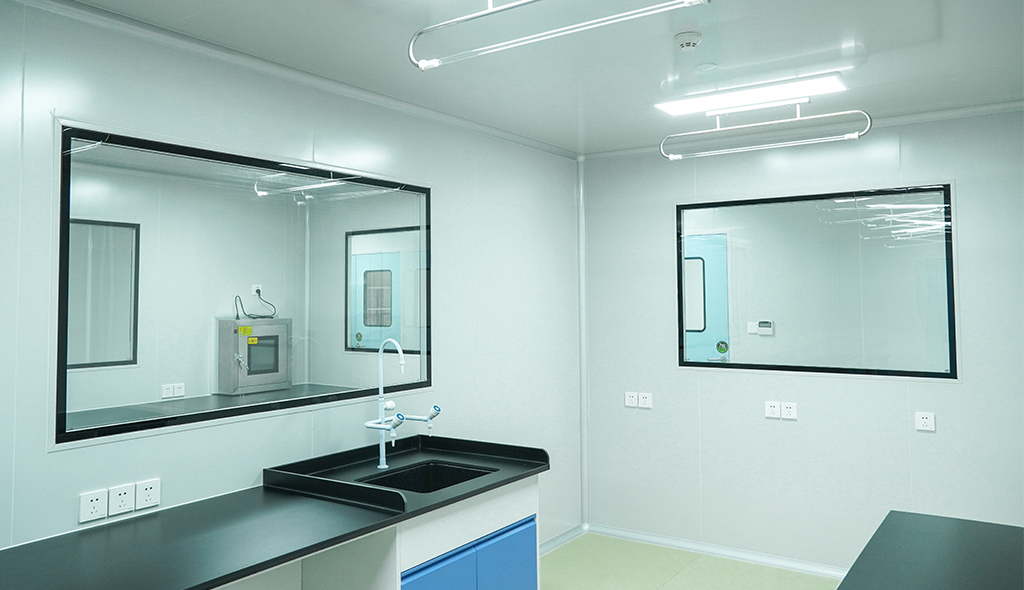 Cleanroom Glass Windows Are The Key to Maintaining a Clean Environment
Cleanroom Glass Windows Are The Key to Maintaining a Clean Environment -
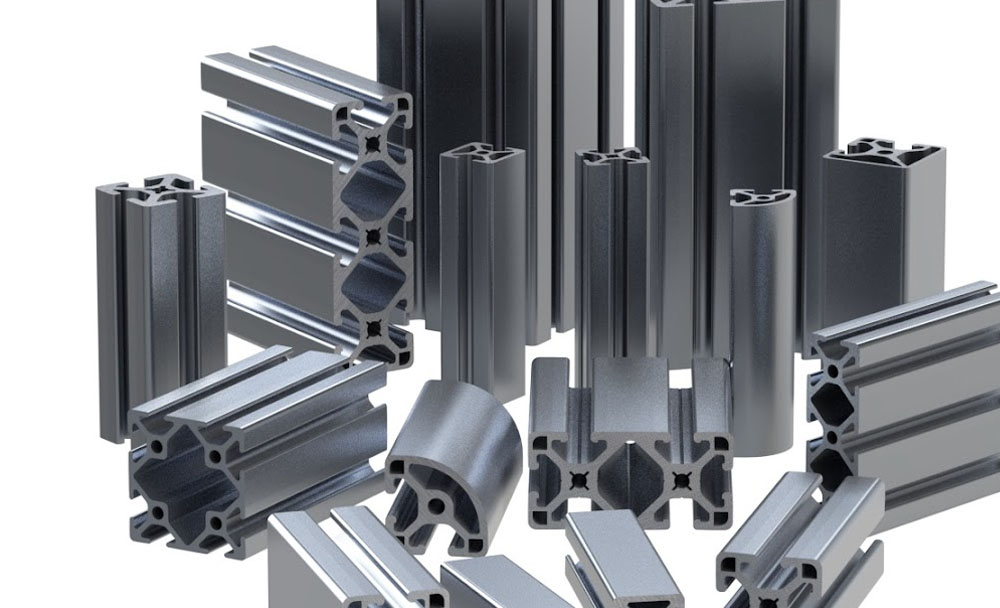 Top Aluminium Profile Manufacturers in China: Leading the Global Market
Top Aluminium Profile Manufacturers in China: Leading the Global Market -
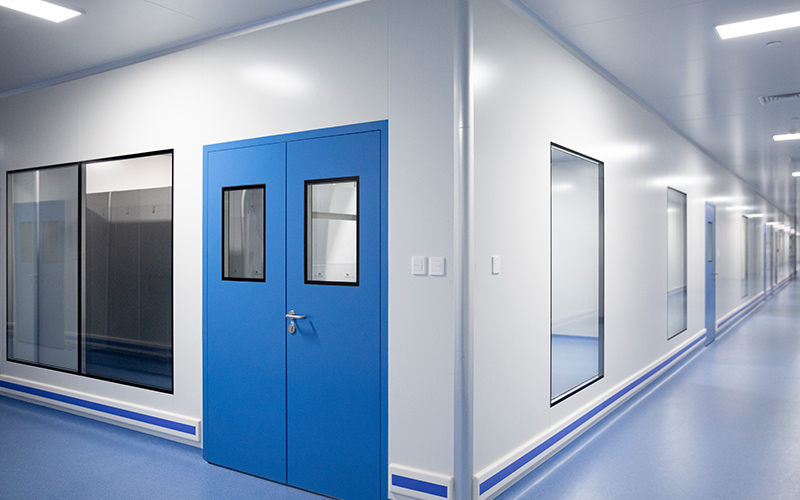 The Evolution of Air Tight Sliding Doors
The Evolution of Air Tight Sliding Doors -
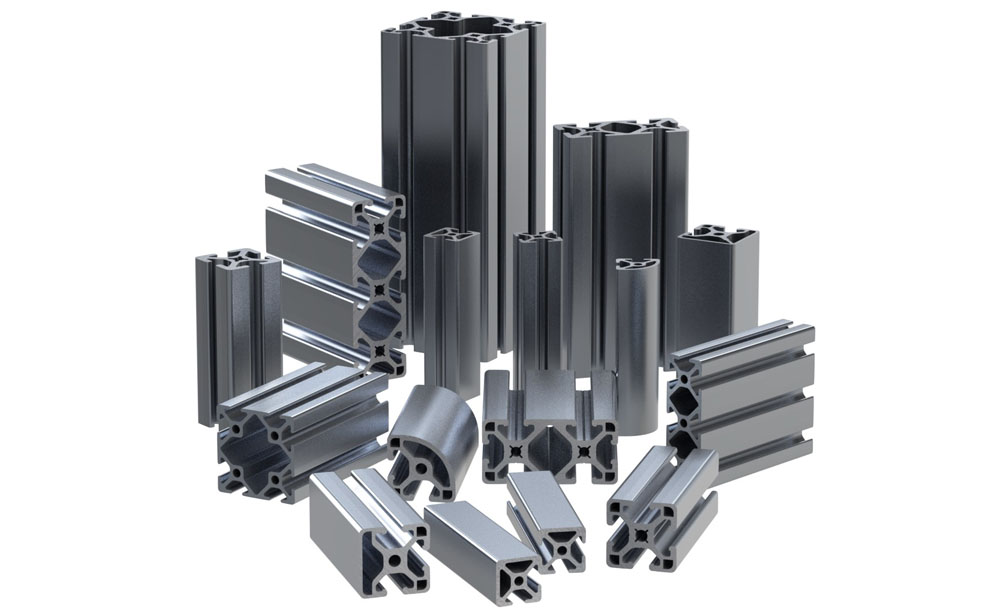 AHU Aluminium Profile: A Comprehensive Guide
AHU Aluminium Profile: A Comprehensive Guide -
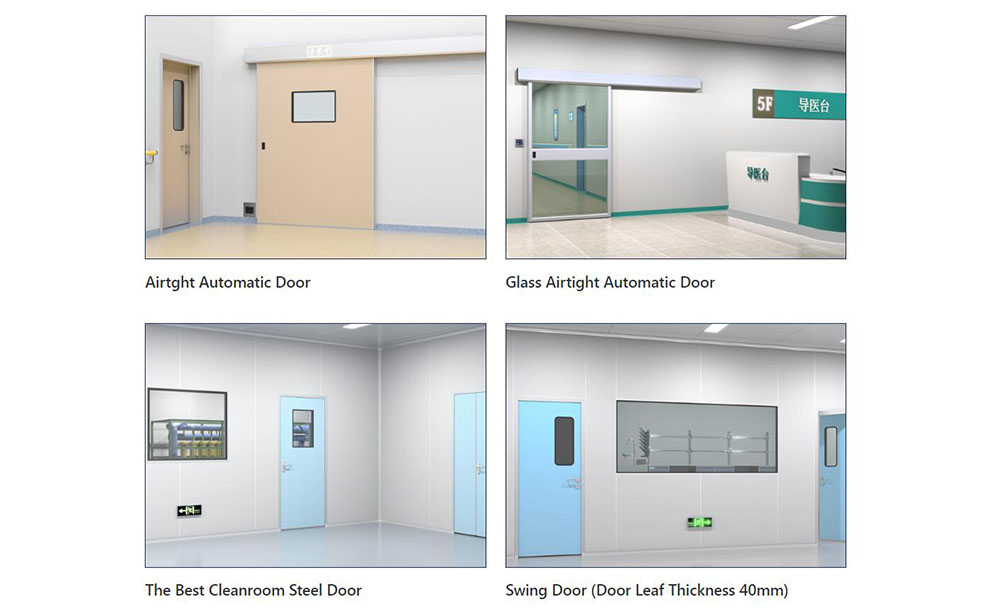 The Importance of Choosing the Right Cleanroom Door in Vietnam
The Importance of Choosing the Right Cleanroom Door in Vietnam -
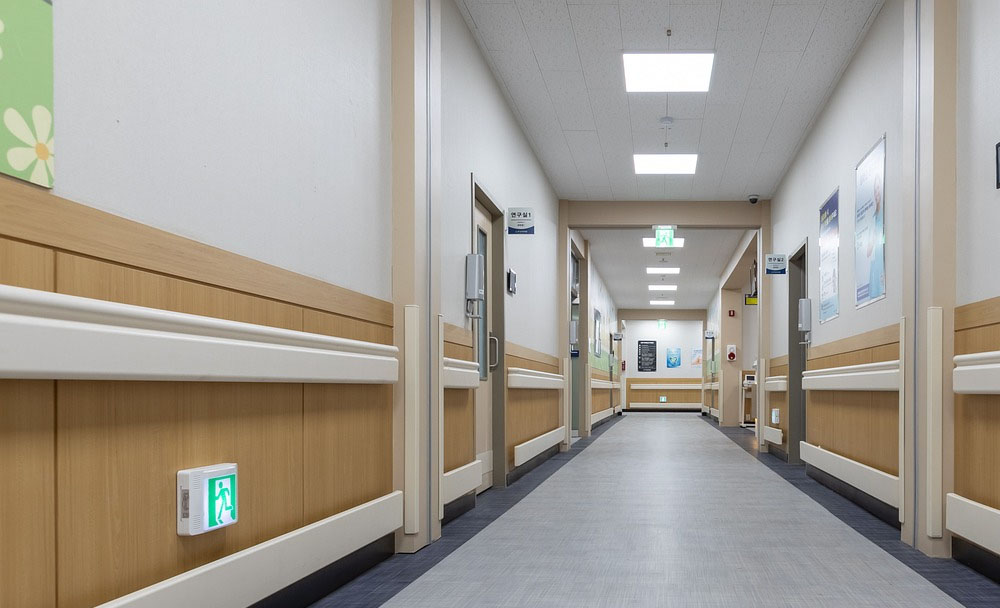 The Benefits of Hospital Automatic Doors: Enhancing Efficiency and Safety
The Benefits of Hospital Automatic Doors: Enhancing Efficiency and Safety -
.jpg) The Best Bathroom Door Manufacturers - Unlocking Endless Possibilities!
The Best Bathroom Door Manufacturers - Unlocking Endless Possibilities! -
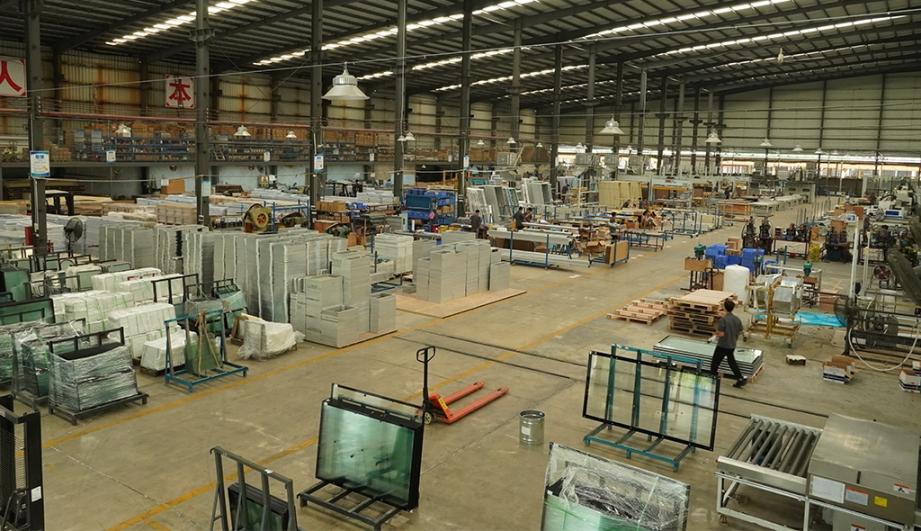 Unlock the Possibilities with AJ Manufacturing Doors
Unlock the Possibilities with AJ Manufacturing Doors -
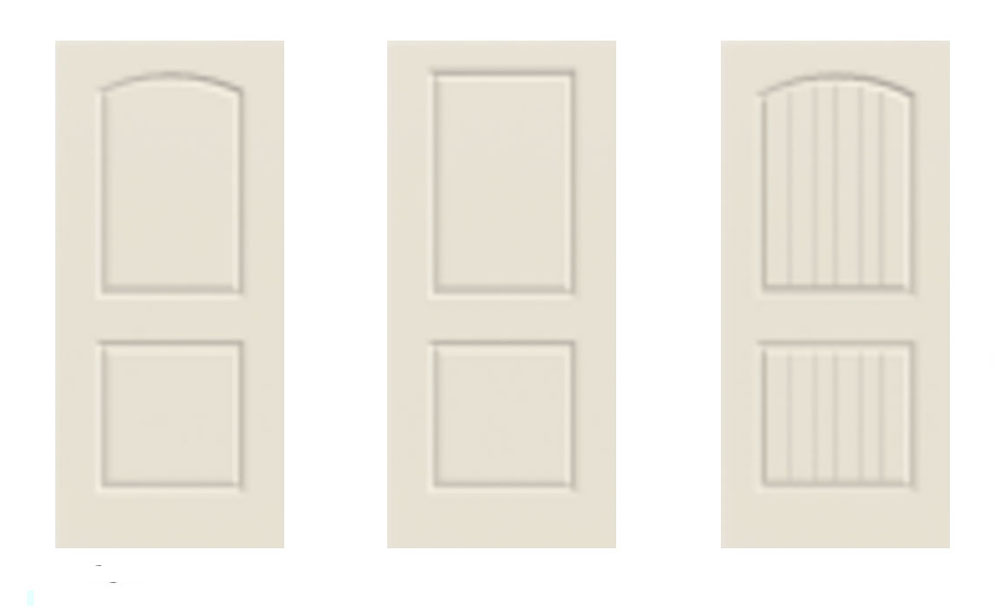 Make a Statement with Manufactured Home Interior Doors!
Make a Statement with Manufactured Home Interior Doors! -
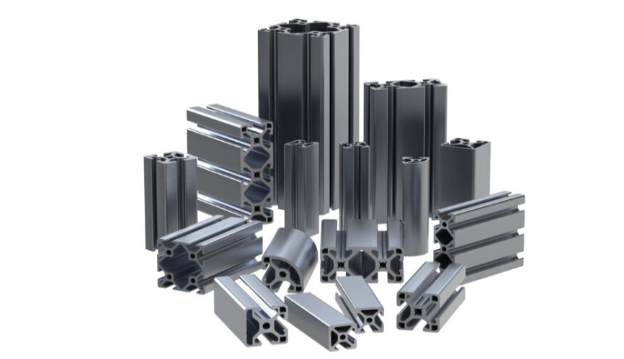 what is aluminum profile? Aluminum Profiles for Your Home is the best option
what is aluminum profile? Aluminum Profiles for Your Home is the best option
-
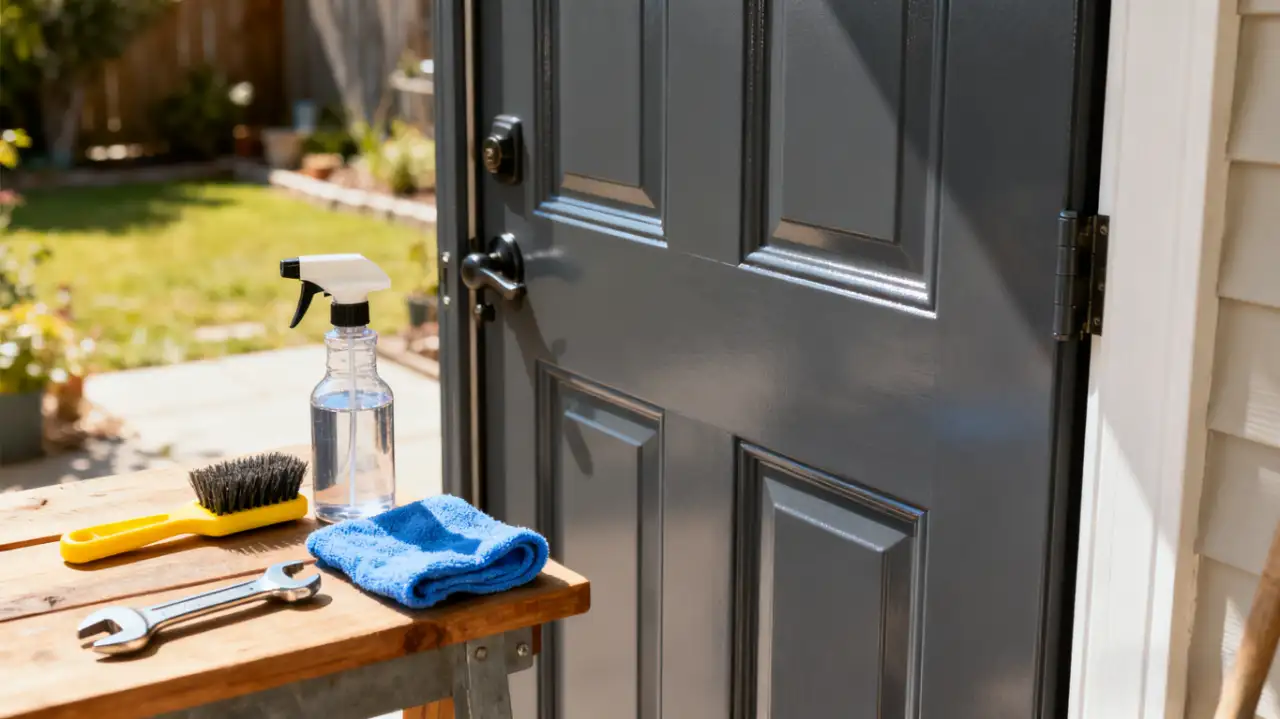 How to Extend the Life of Your Exterior Steel Door
How to Extend the Life of Your Exterior Steel Door -
 What Are the Best Materials for AC Vent Covers
What Are the Best Materials for AC Vent Covers -
 Ceiling Vent Covers Labeled Fire-Rated? Here’s How to Verify
Ceiling Vent Covers Labeled Fire-Rated? Here’s How to Verify -
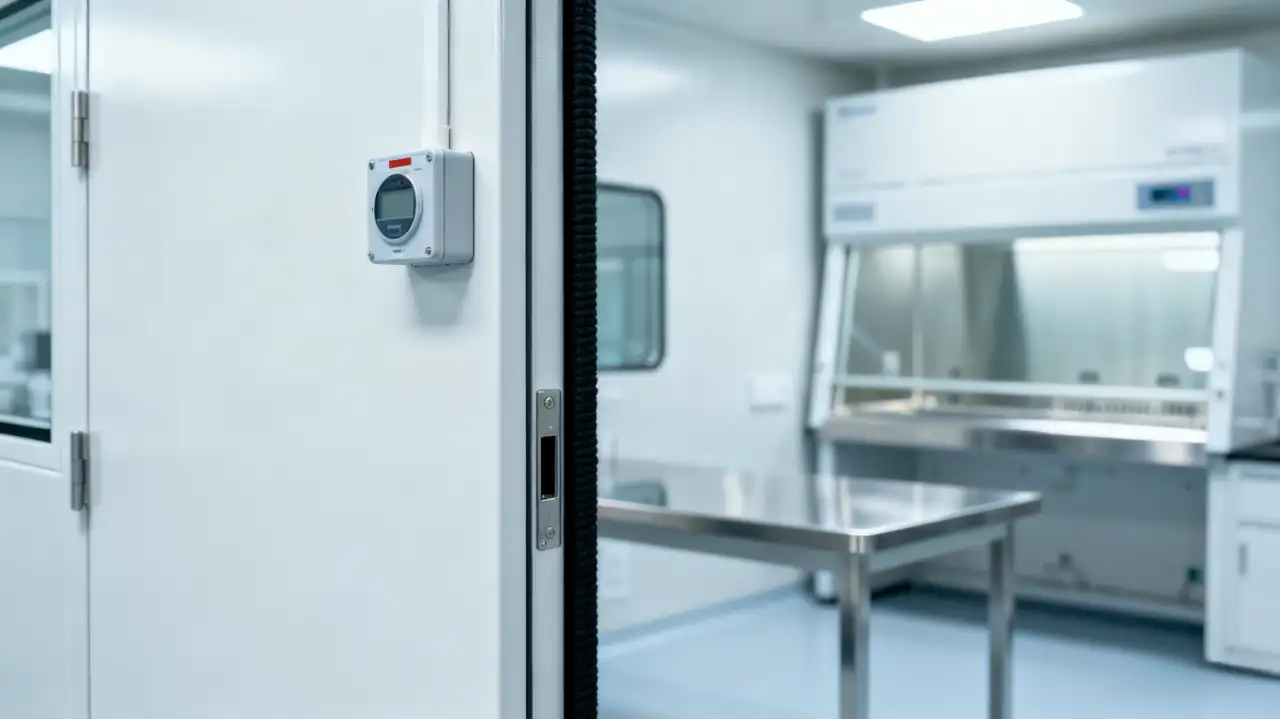 Upgrading Lab Doors: When to Replace vs. When to Retrofit?
Upgrading Lab Doors: When to Replace vs. When to Retrofit? -
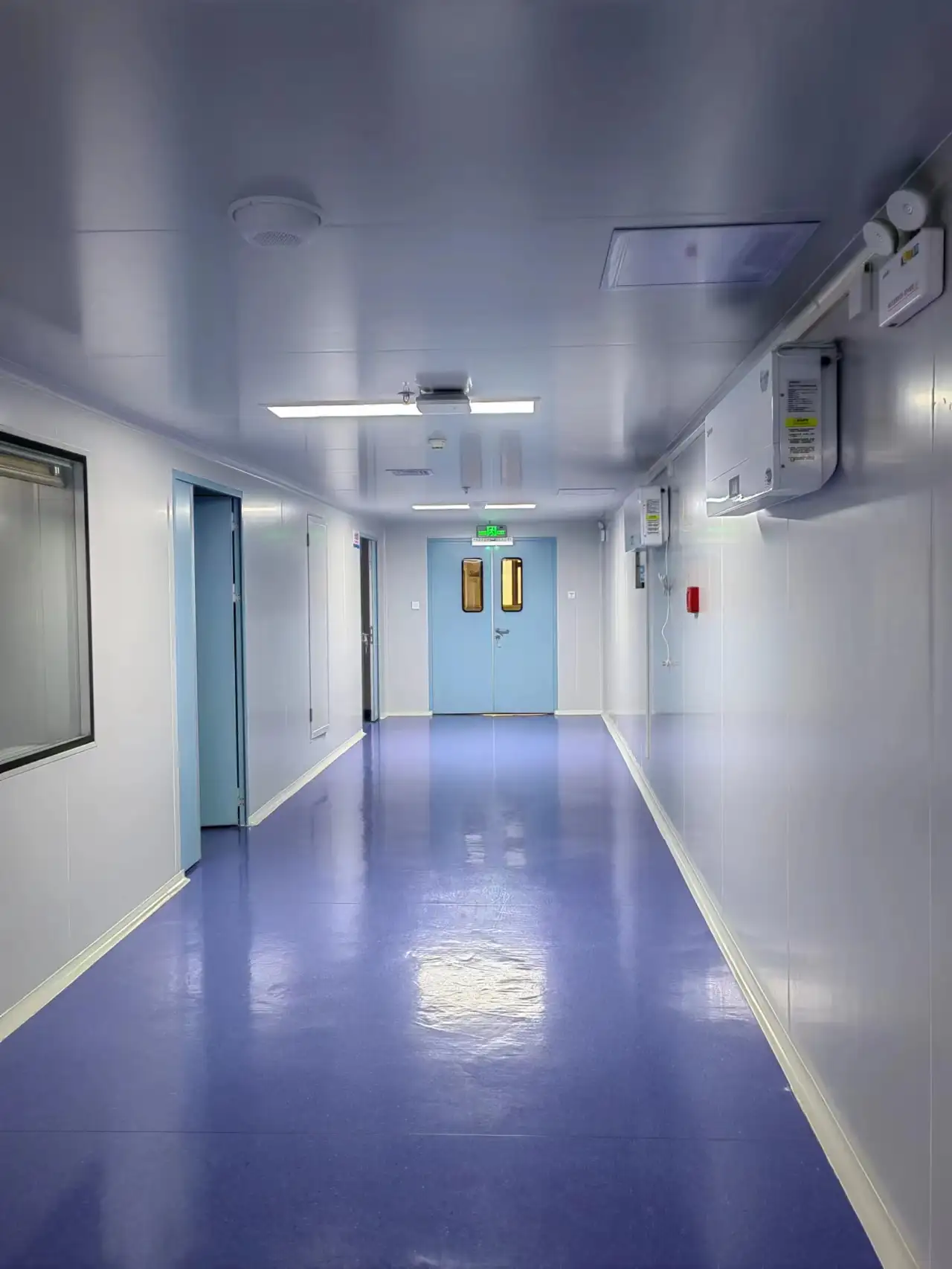 Stainless Steel Door vs. Alternatives in Cleanrooms
Stainless Steel Door vs. Alternatives in Cleanrooms -
 Ceiling Vent Care Tips to Boost HVAC Efficiency Year Round
Ceiling Vent Care Tips to Boost HVAC Efficiency Year Round -
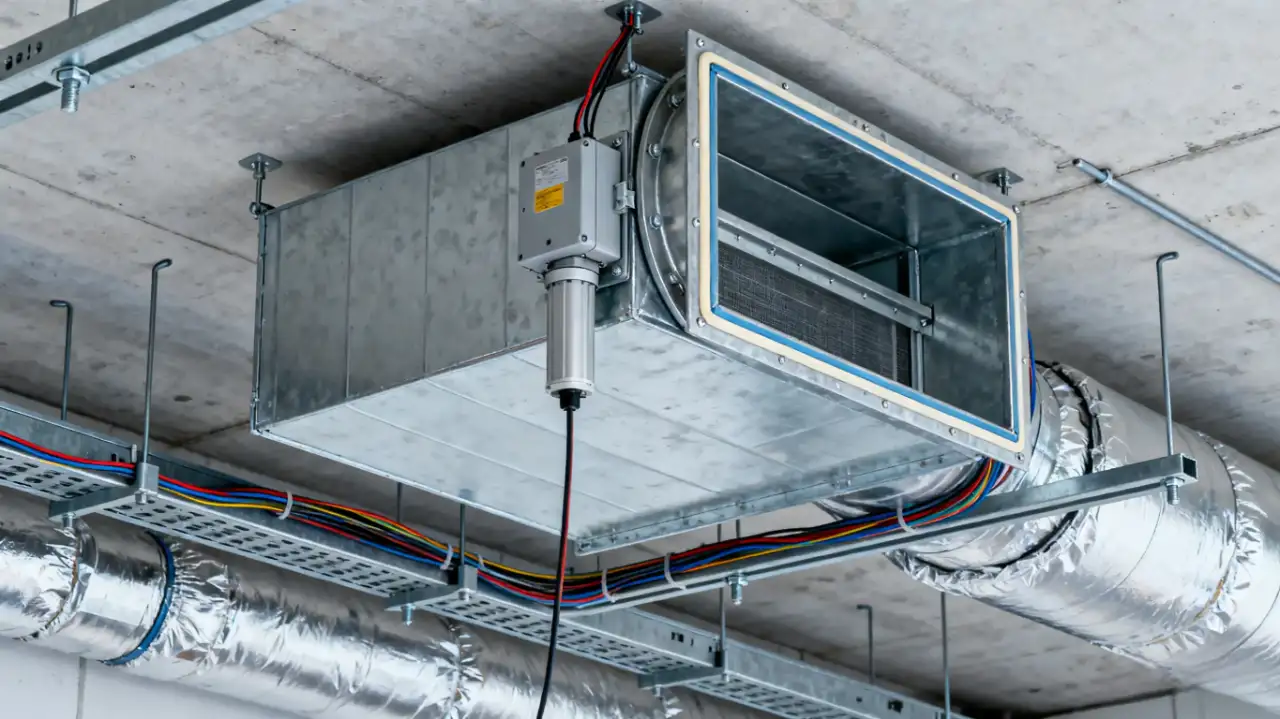 How Air Dampers Drive Efficiency in High Performance Buildings
How Air Dampers Drive Efficiency in High Performance Buildings -
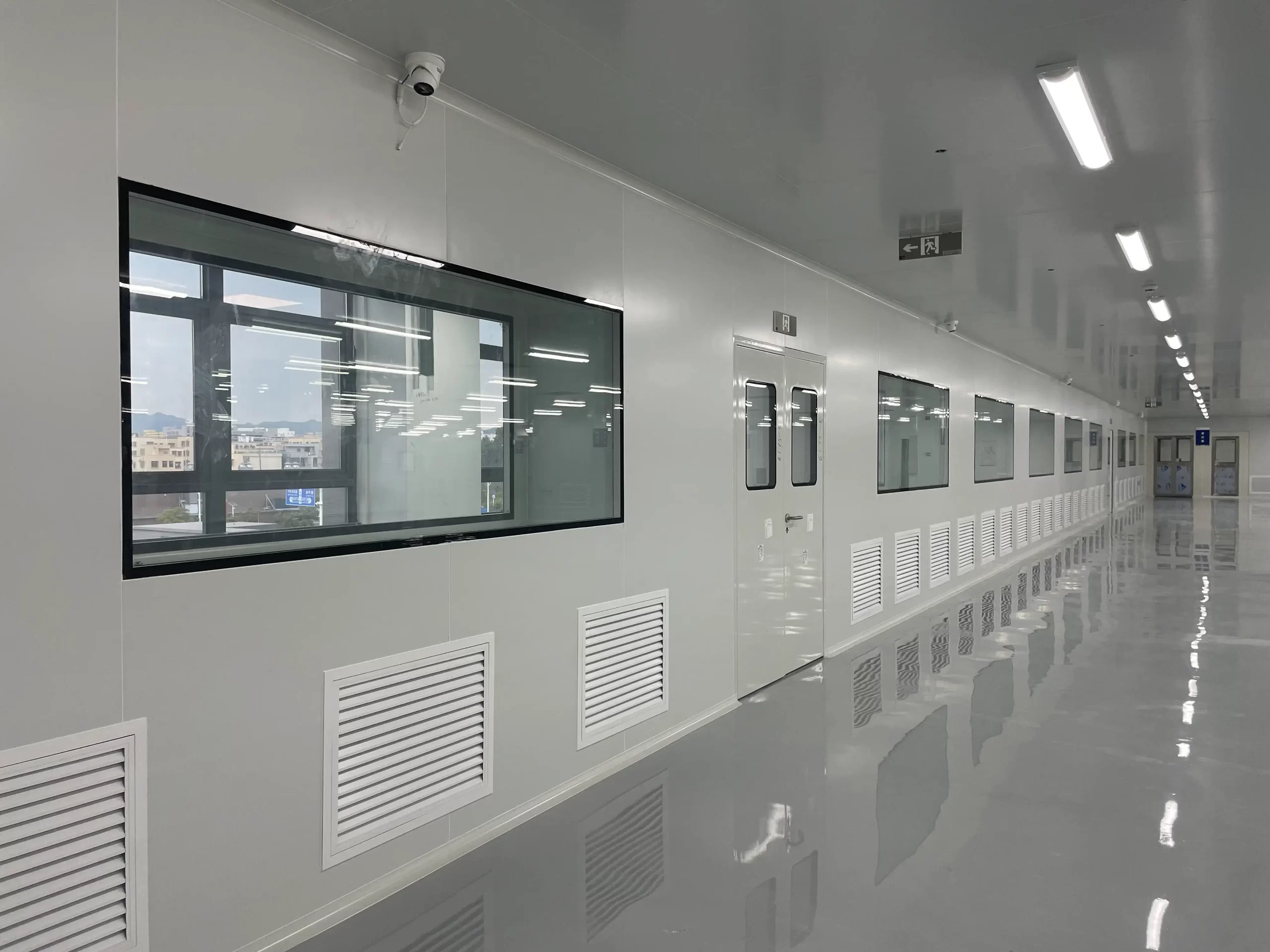 Why Semiconductor Manufacturing Can’t Function Without Cleanrooms
Why Semiconductor Manufacturing Can’t Function Without Cleanrooms -
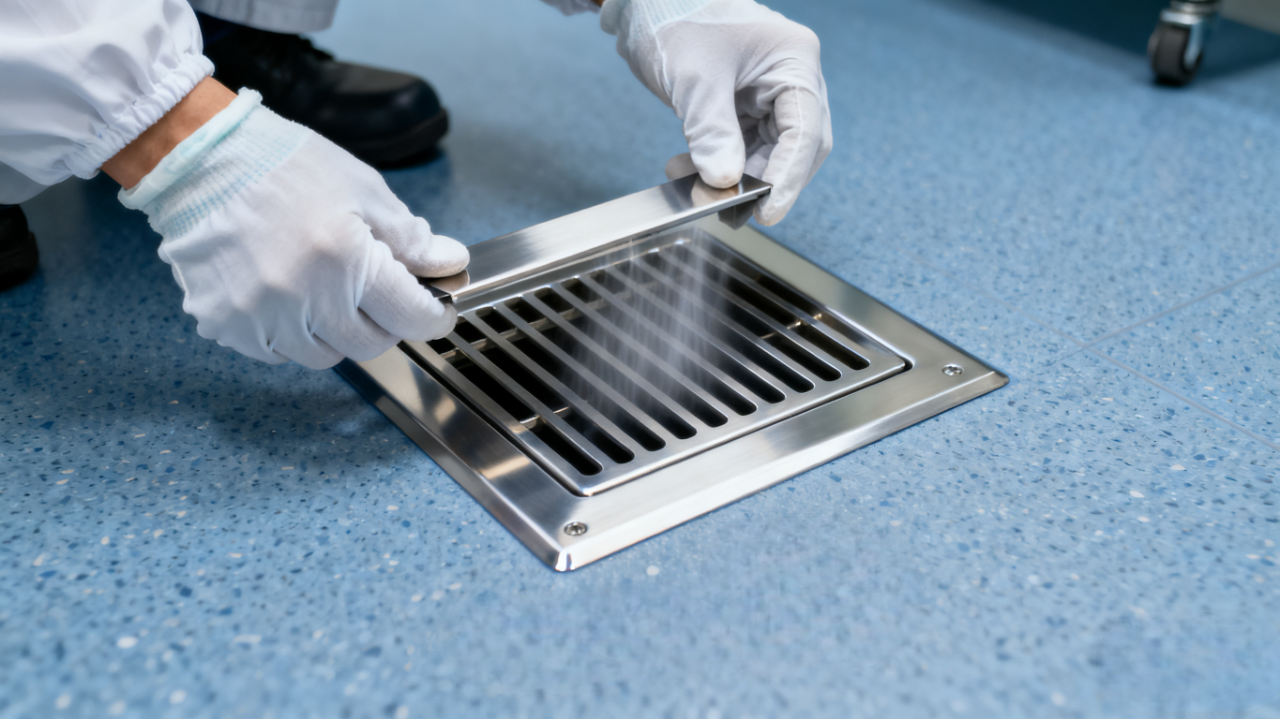 How to Select the Right Floor Vent for Cleanrooms
How to Select the Right Floor Vent for Cleanrooms -
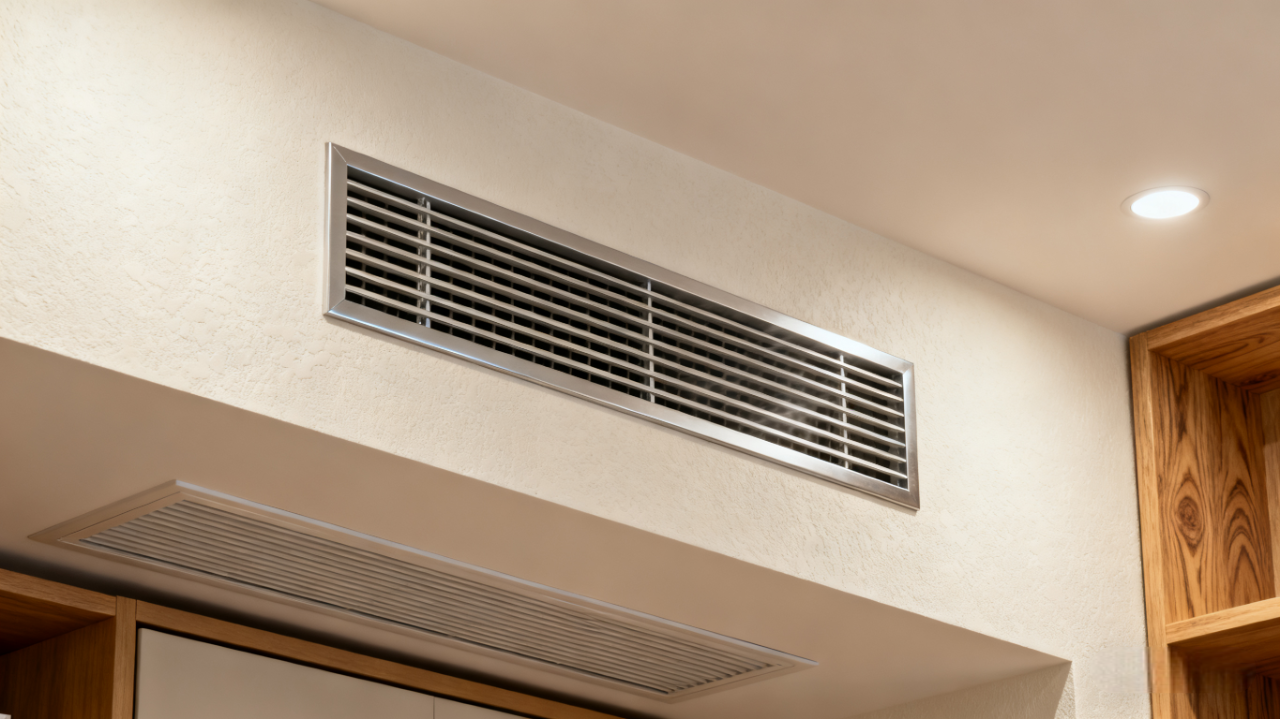 How to Clean and Maintain AC Registers for Peak HVAC Performance
How to Clean and Maintain AC Registers for Peak HVAC Performance

Guangzhou Yizhong Aluminum Industry Co., Ltd.
We are always providing our customers with reliable products and considerate services.
We are always providing our customers with reliable products and considerate services.
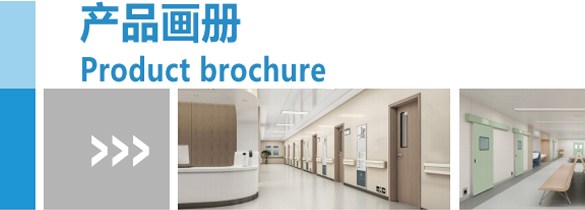









Speak Your Mind